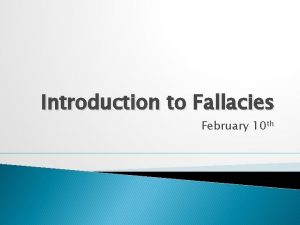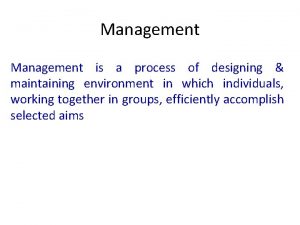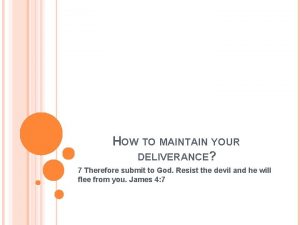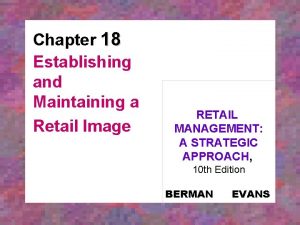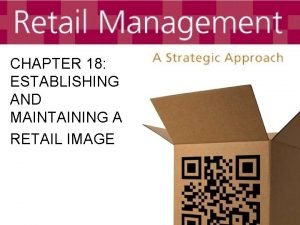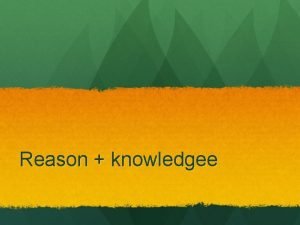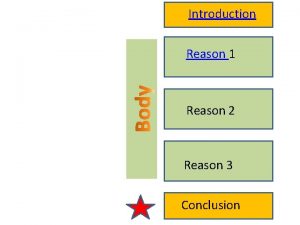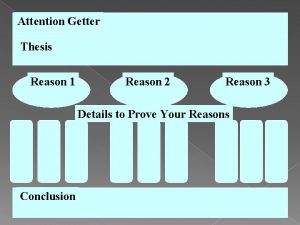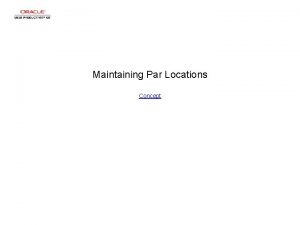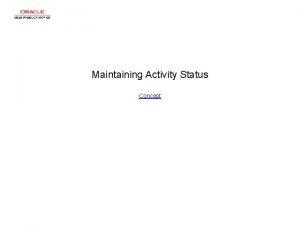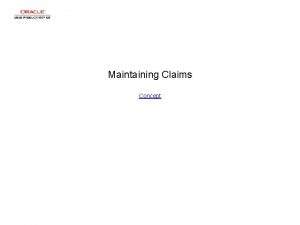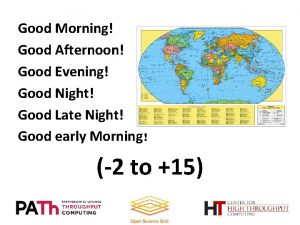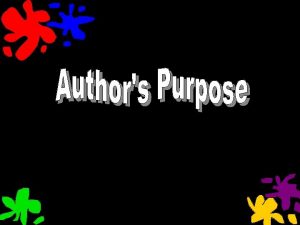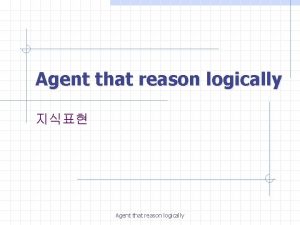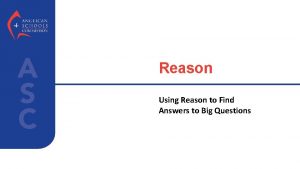Reading Reason for Reading For maintaining good social
















- Slides: 16

Reading

Reason for Reading ¡For maintaining good social relations ¡For entertainment ¡For obtaining information necessary for day-to-day living ¡ For academic purpose

Quotes about Reading ¡ ¡ ¡ Students read silently by themselves and at their own pace (Taylor, 1993) Students follow along as the teacher reads a selection aloud (Fisher & Medvic, 2000) Teachers scaffold students' reading to teach reading strategies (Fountas & Pinnell, 1996, 2001)

Types of Reading ¡ ¡ Skimming - running the eyes over quickly, to get the gist Scanning - looking for a particular piece of information Extensive reading - longer texts for pleasure and needing global understanding Intensive reading - shorter texts, extracting specific information, accurate reading for detail.

Skimming ¡ ¡ ¡ When you read quickly to gain a general impression as to whether the text is of use to you. You are not necessarily searching for a specific item and key words. Skimming provides an 'overview' of the text. Skimming is useful to look at chapter/section headings, summaries and opening paragraphs. The purpose of skimming: To check relevance of text. Sets the scene for the more concentrated effort that is to follow, if the text is useful.

Scanning ¡ ¡ For example, scanning a telephone book: You are looking for quick specific detail. You know what you are searching for (key words and names). You 'see' every item on the page, but you don't necessarily read the pages - you ignore anything you are not looking for. Thus, when you discover the key words being searched for, you will be unable to recall the exact content of the page.

Extensive/Light ¡ ¡ ¡ Reading for leisure tends to be 'light': Read at a pace which feels comfortable. Read with understanding. Skim the boring, irrelevant passages. An average light reading speed is 100 -200 words per minute. This form of reading does not generally require detailed concentration.

Intensive/ Word by word type reading ¡ This type of reading is time consuming and demands a high level of concentration. Some material is not readily understood and so requires a slow and careful analytical read. People use this type of reading for unfamiliar words and concepts, scientific formulae. It can take up to an hour just to read a few lines of text.

Intensive /to study ¡ ¡ ¡ the aim is to understand the material in some depth. The method involves five simple steps; Survey, Question, Read, Recall and Review. Survey: skim through to gain an overview and not key points. Question: devise questions you hope the text will answer. Read: slowly and carefully. Recall: from memory, write down the main points made by the chapter. Review: revisit your questions - compare these to your recall and establish how well the text has answered them; fill in any gaps by further reading and notetaking.

Strategies ¡ ¡ Silent Reading: eye movement, complete silence. Techniques: question paragraph, mouth, time. Oral Reading: Aloud. Techniques: reading-listening, diagnostic, play reading, choral

Phases of Reading Pre- reading / Before reading ¡ While reading/ During reading ¡ Post reading/ After reading ¡ ¡ BDA

ENGAGEING

Pre- reading Strategies ¡ ¡ ¡ ¡ ¡ Predicting: guess before reading Probable Passage: (10 -15) key terms List-Group-Label : generate a list of words Character Quotes: quotation from the story Word Splash : write a story Pre- write questions Pictures Think – Pair- Share Brain storming Key Words chart

While Reading Strategies ¡ RESPONSE SHEET : Note ¡ STICKY NOTES : “post its” ¡ TEXT RENDERING : highlighting of words or concepts ¡ REREADING : to look back ¡ CHUNKING : break up reading p 1, p 2, p 3

While Reading Strategies ¡ ¡ ¡ DO NOW : Students writing their thoughts REWRITE QUESTIONS : More questions LIT CIRCLES : KWL Chart : Ss. Return to chart MULTIPLE CHOICE FILLING THE BLANK MATCHING T/F QUESTIONNAIRES COMPLETING TABLES CROSSWORDS

Post – Reading Activities PEER DISCUSSION ¡ T/F ¡ QUESTIONNAIRES ¡ INTERVIEWS ¡ JIGSAWS ¡ CROSSWORDS ¡ KWL CHARTS ¡
 Interpersonal accord and conformity
Interpersonal accord and conformity Zoroastrianism beliefs
Zoroastrianism beliefs Hi good good
Hi good good Hello good afternoon teacher
Hello good afternoon teacher You are good when there's nothing good in me
You are good when there's nothing good in me Cómo se dice buenas tardes
Cómo se dice buenas tardes Informal fallacies example
Informal fallacies example While reading activities
While reading activities Social thinking adalah
Social thinking adalah Social thinking social influence social relations
Social thinking social influence social relations Principles of records and reports
Principles of records and reports The process of designing and maintaining an environment
The process of designing and maintaining an environment How to maintain deliverance by olukoya
How to maintain deliverance by olukoya Building and maintaining a website
Building and maintaining a website Maintain kitchen tools equipment and working area
Maintain kitchen tools equipment and working area Disadvantages of straight traffic pattern
Disadvantages of straight traffic pattern Identify components of a retail image.
Identify components of a retail image.






